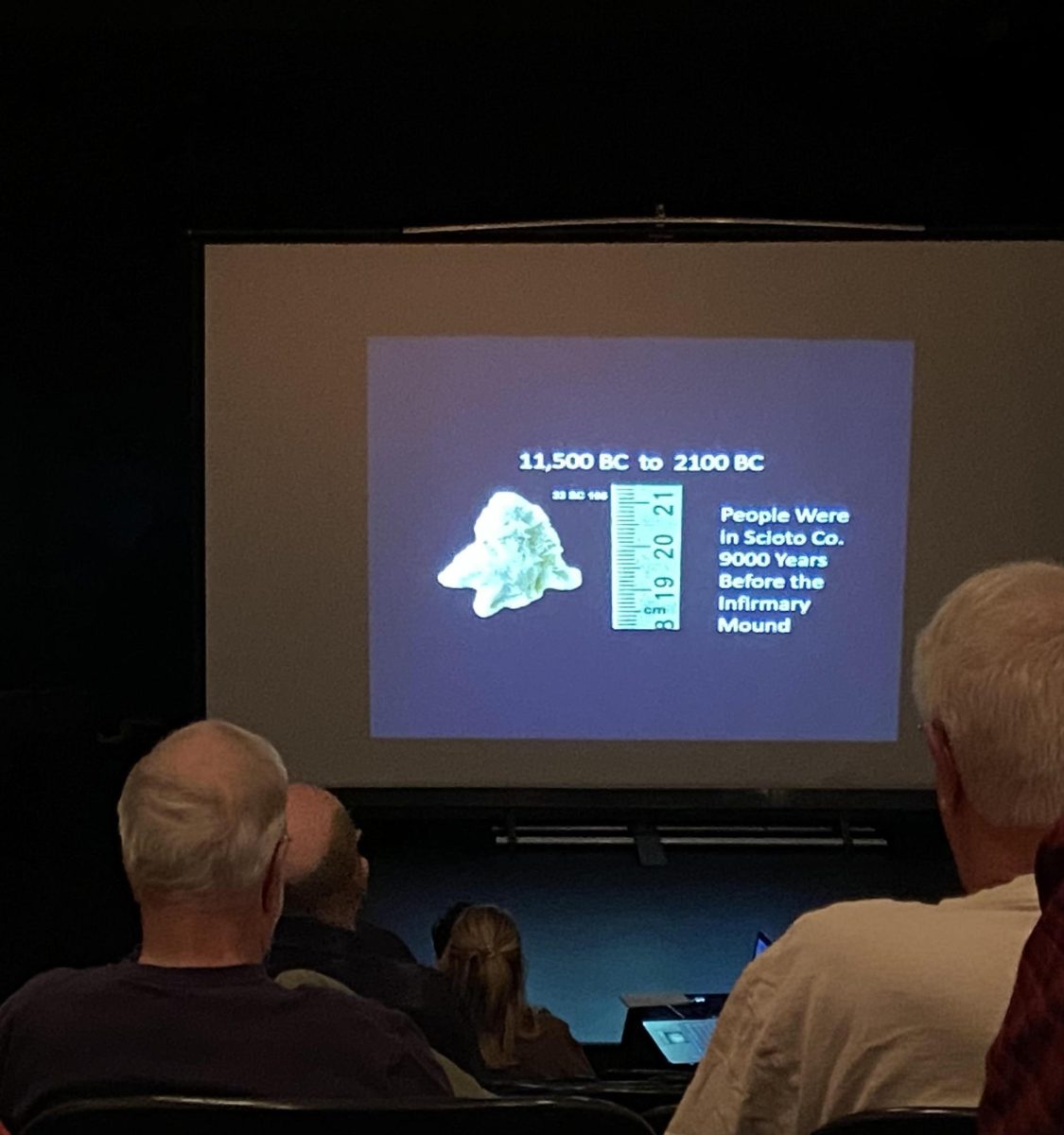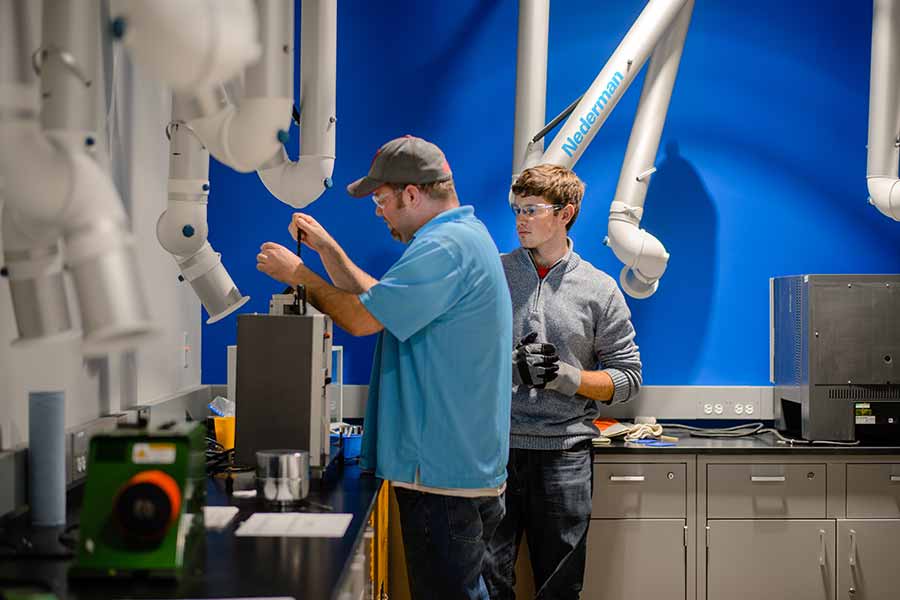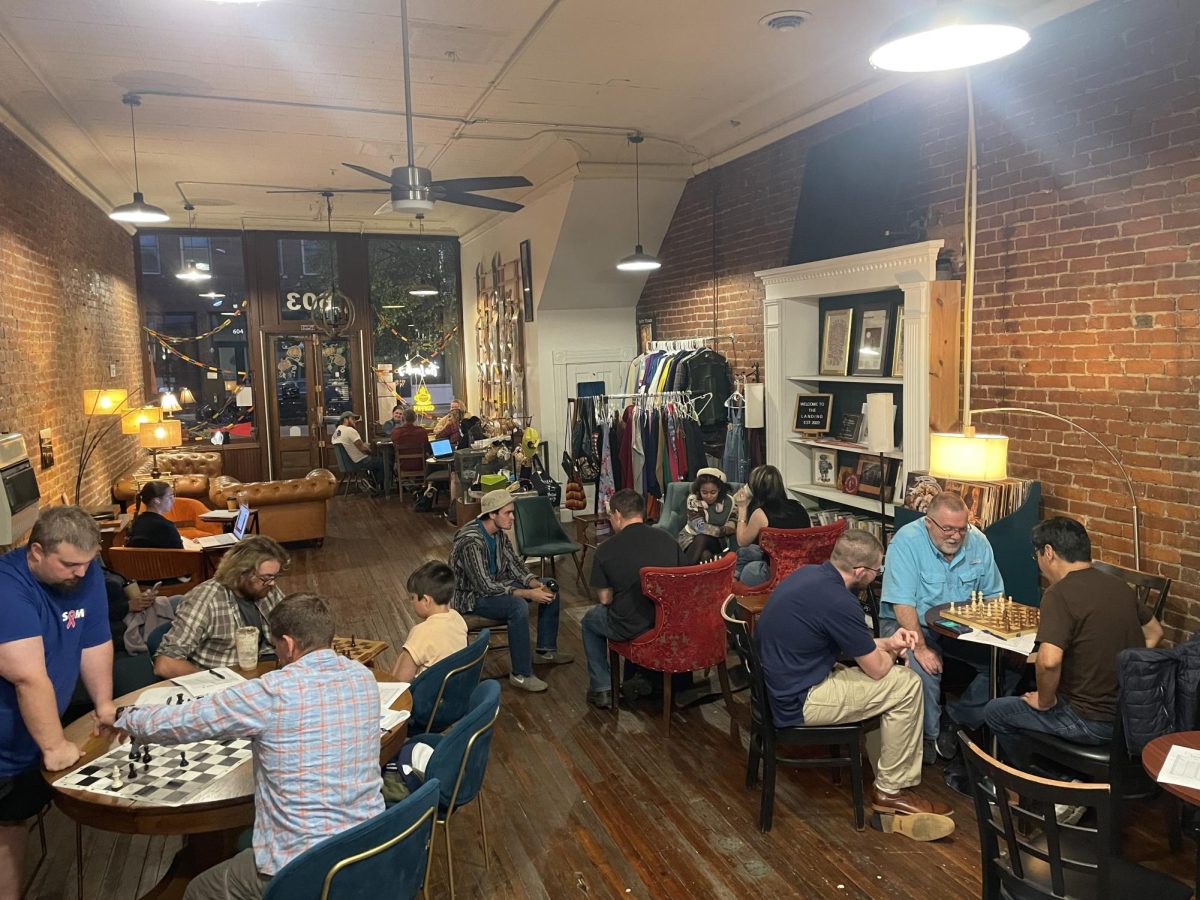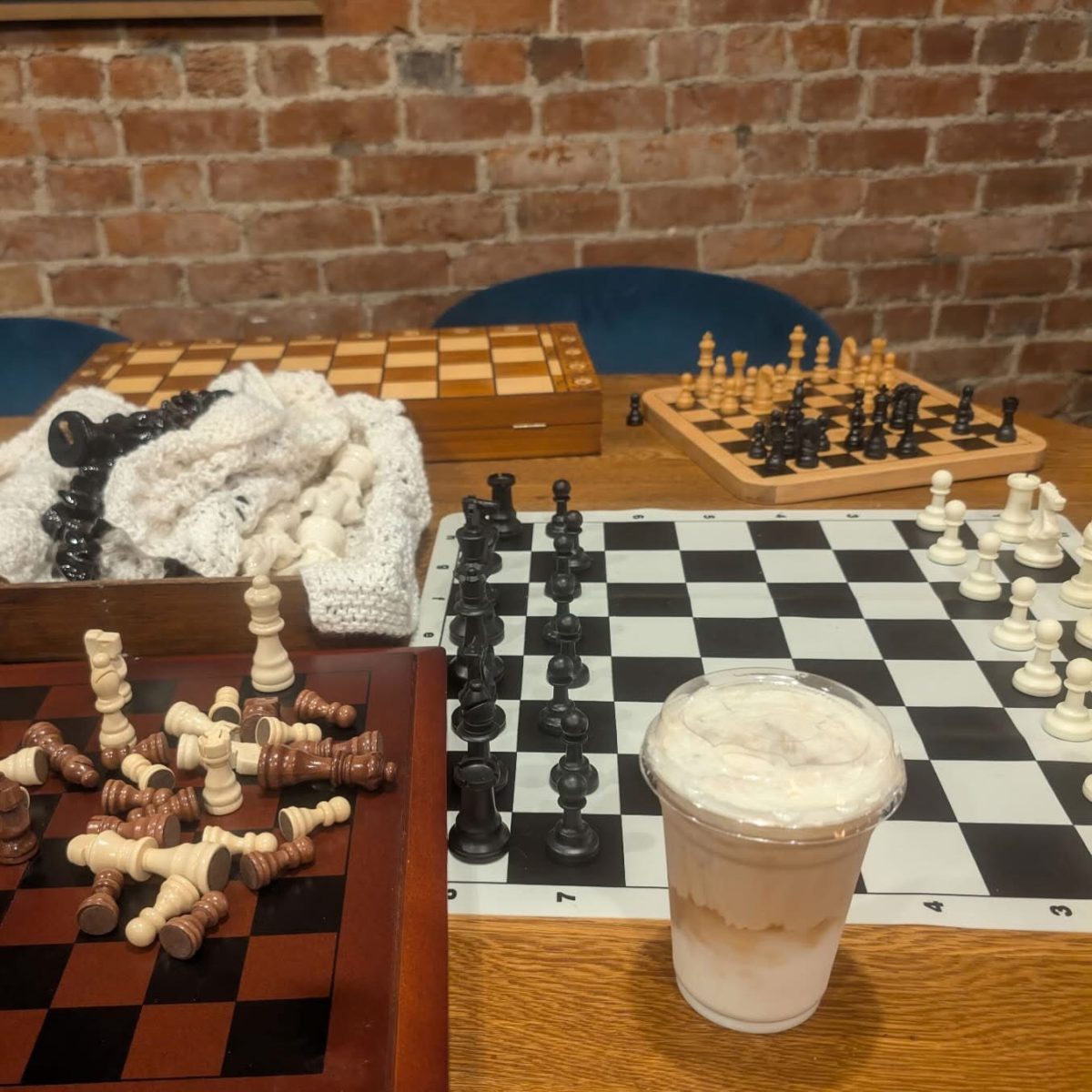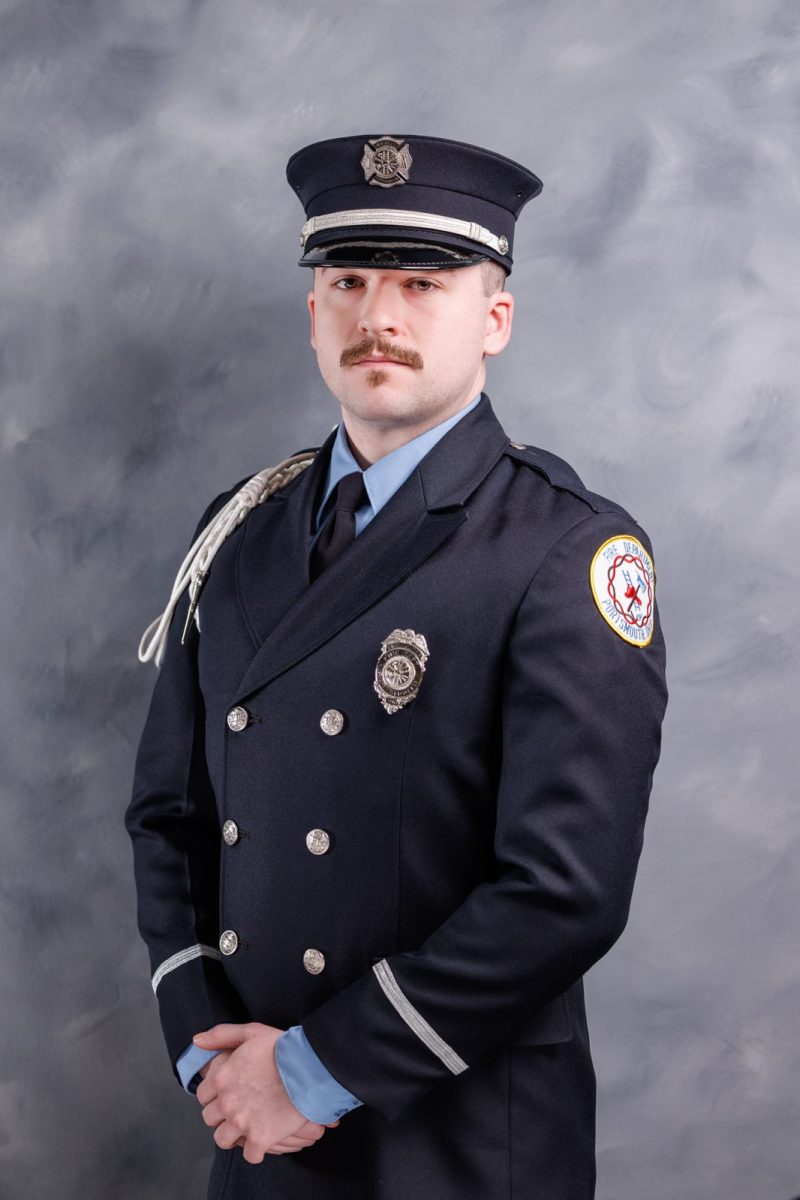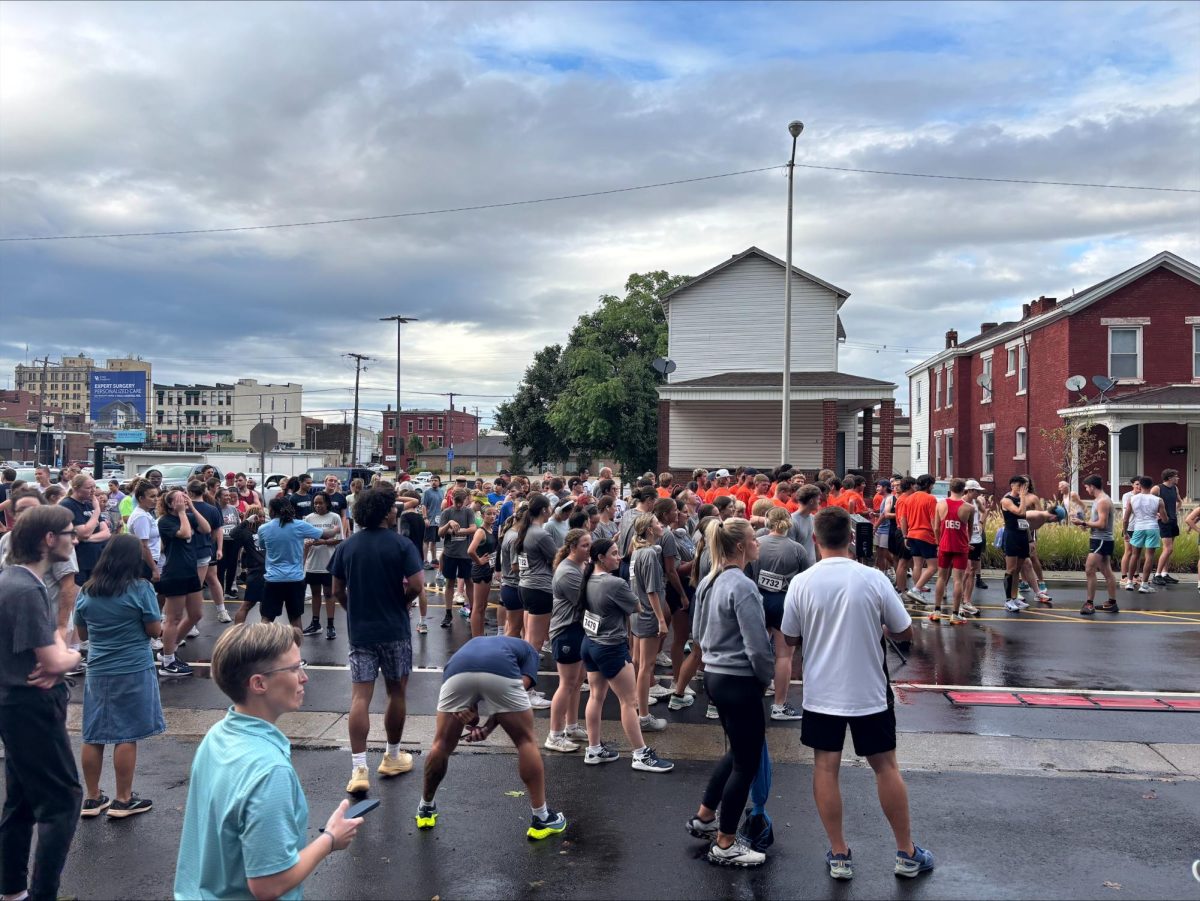Jonathan E. “Jeb” Bowen presented a lecture about the Scioto County Infirmary Mound at the Southern Ohio Museum and Cultural Center on Saturday. Bowen currently works at the Clarke-May Museum in Pickaway County.
Exploring the history of the burial mound, Bowen shared that people were living in Scioto County up to 9,000 years before the creation of Infirmary Mound, which has been dated to around 2100-1500 B.C.E.
The mound itself is 120 feet long, 60 feet wide and 6 feet high. About a third of the mound’s approximated 115 burials were excavated in 1976.
Trying to find out the full history of the mound, though, is difficult. Bowen said that it’s hard to obtain an accurate and complete record of its history due to “Infirmary Mound [having] had a disruptive past” because of the construction of U.S. Route 52.
A lot of the lecture focused on the excavated artifacts that have been found at Infirmary Mound and in surrounding areas. Some of the pictures Bowen shared of these artifacts included images of Cogswell Phase projectile points (1250-750 B.C.E.) and Hopewellian points (1-400 C.E.) from other mound excavations, and heavy stemmed points (3000-1250 BCE) from Infirmary Mound.
Bowen emphasized that archeology is not just something tied to the distant past, but a means of exploring phenomena “from the end of the Ice Age up until yesterday.”
Infirmary Mound is located in West Portsmouth, near Earl Thomas Conley Park.
